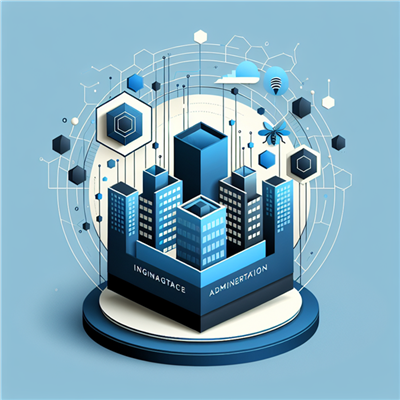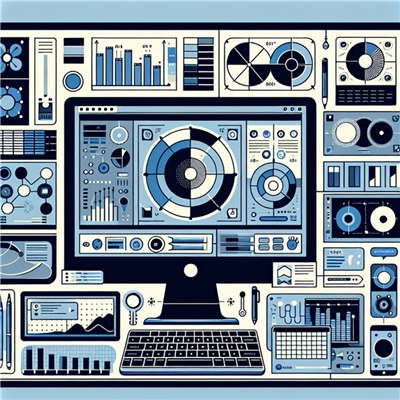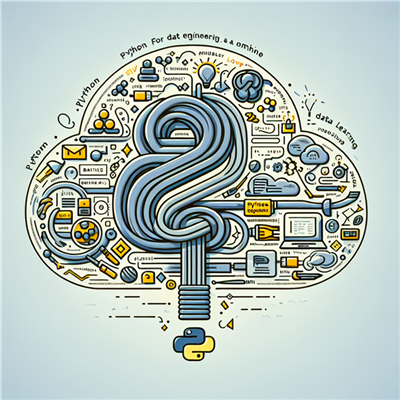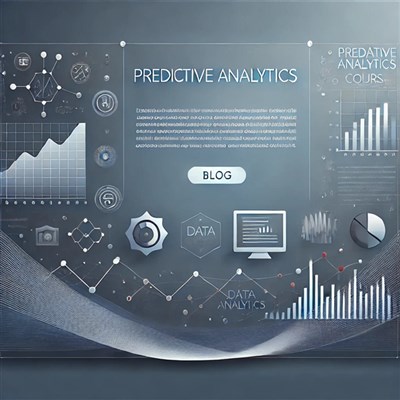
In today’s competitive business environment, organizations are constantly seeking ways to improve their operational efficiency, reduce costs, and maximize the value of their assets. Effective asset management is key to achieving these goals, and one of the most recognized frameworks for asset management is ISO 55001. This international standard provides organizations with a structured approach to managing physical and intangible assets efficiently, helping businesses optimize performance, reduce risks, and improve profitability.
In this comprehensive guide, we’ll explore what ISO 55001 is, its importance, the key principles behind it, and how it can transform an organization’s asset management strategies.
What is ISO 55001?
ISO 55001 is part of the ISO 55000 family of standards, introduced by the International Organization for Standardization (ISO) in 2014. It sets out the requirements for establishing, implementing, maintaining, and improving an effective asset management system (AMS).
The standard applies to all types of assets, whether physical (e.g., equipment, buildings, infrastructure) or intangible (e.g., intellectual property, financial assets), and can be implemented in various sectors, including manufacturing, utilities, healthcare, transportation, and finance.
ISO 55001 focuses on the whole lifecycle of assets, from acquisition and operation to maintenance and eventual disposal or decommissioning. The aim is to provide organizations with a strategic approach to asset management that balances performance, cost, and risk.
Why ISO 55001 is Important for Asset Management
ISO 55001 provides a framework for organizations to manage their assets more effectively. It offers a holistic view of asset management, allowing businesses to align their asset management strategies with their overall organizational objectives. Here’s why it’s important:
- Improved Decision-Making: By implementing ISO 55001, organizations gain access to better data and insights about their assets, enabling them to make informed decisions about asset acquisition, maintenance, and disposal.
- Cost Efficiency: A well-managed asset base leads to more efficient use of resources, reducing operational costs, minimizing downtime, and extending the lifespan of assets.
- Risk Management: ISO 55001 helps organizations identify, assess, and mitigate risks related to their assets, including financial, environmental, and safety risks.
- Enhanced Compliance: The standard helps organizations comply with regulations and industry standards related to asset management, which is critical in sectors such as energy, transportation, and healthcare.
- Sustainability and Environmental Responsibility: Effective asset management ensures that assets are utilized efficiently, reducing waste, energy consumption, and environmental impact. ISO 55001 aligns asset management with broader sustainability goals.
Key Principles of ISO 55001
ISO 55001 revolves around a few core principles that guide the development and implementation of an asset management system. These principles ensure that organizations approach asset management in a structured and strategic manner:
1. Alignment with Organizational Objectives
ISO 55001 emphasizes that asset management should be aligned with the organization’s overall mission and objectives. Asset-related decisions should support the achievement of broader business goals, such as improving profitability, enhancing customer satisfaction, or reducing operational risks.
2. Lifecycle Approach
The standard promotes a lifecycle approach to asset management, covering all stages from planning and acquisition to operation, maintenance, and disposal. This ensures that assets are managed efficiently throughout their lifespan and helps in making better investment decisions.
3. Risk-Based Thinking
Risk management is a critical component of ISO 55001. Organizations are encouraged to identify risks associated with their assets and take proactive steps to mitigate them. This includes financial risks, safety concerns, and environmental risks.
4. Leadership and Commitment
Effective asset management requires strong leadership and commitment from top management. ISO 55001 emphasizes that senior leaders should be actively involved in the development and implementation of the asset management system.
5. Performance Evaluation
The standard calls for continuous monitoring and evaluation of asset performance. Organizations should establish performance metrics and regularly assess whether their assets are delivering the expected value.
6. Continuous Improvement
ISO 55001 promotes the concept of continuous improvement in asset management practices. Organizations should regularly review their asset management processes and make adjustments as needed to improve efficiency and effectiveness.
How ISO 55001 Optimizes Asset Management
Implementing ISO 55001 can bring a wide range of benefits to organizations, helping them optimize their asset management strategies. Here’s how:
1. Maximizing Asset Value
ISO 55001 provides a framework for organizations to maximize the value of their assets. By considering the entire asset lifecycle and making informed decisions about acquisition, operation, maintenance, and disposal, organizations can ensure that they get the best possible return on their investment.
For example, instead of focusing solely on the upfront cost of purchasing new equipment, ISO 55001 encourages organizations to consider the total cost of ownership, including maintenance, operation, and disposal costs. This helps businesses make better investment decisions and avoid unexpected costs down the line.
2. Improving Operational Efficiency
With ISO 55001, organizations can implement processes that optimize the performance of their assets. This includes preventative maintenance programs, performance monitoring, and regular evaluations. By keeping assets in good condition, businesses can reduce downtime, minimize repair costs, and extend the useful life of their equipment.
ISO 55001 also encourages organizations to standardize their asset management processes, leading to greater efficiency and consistency across the organization.
3. Reducing Risks
Effective asset management is crucial for risk mitigation. ISO 55001 helps organizations identify potential risks related to their assets, such as operational failures, safety hazards, or environmental impacts. By taking a proactive approach to risk management, businesses can minimize the likelihood of asset-related issues and protect their bottom line.
For example, in industries such as manufacturing or transportation, equipment failure can result in costly downtime or safety incidents. By implementing ISO 55001, organizations can develop strategies to reduce these risks and ensure that their assets are operating safely and efficiently.
4. Enhancing Sustainability
In today’s business environment, sustainability is becoming increasingly important. ISO 55001 promotes the efficient use of resources, which aligns with broader sustainability goals. By optimizing asset performance and reducing waste, organizations can minimize their environmental footprint and contribute to a more sustainable future.
For example, energy-intensive industries can use ISO 55001 to improve the energy efficiency of their assets, reducing both costs and environmental impact.
5. Supporting Compliance
Many industries are subject to strict regulations regarding asset management, especially when it comes to safety, environmental protection, and financial reporting. ISO 55001 helps organizations meet these regulatory requirements by providing a structured approach to managing assets.
This can be particularly important in sectors such as utilities, healthcare, and transportation, where non-compliance can lead to fines, legal penalties, or reputational damage.
How to Implement ISO 55001
Implementing ISO 55001 involves several key steps:
- Gap Analysis: Assess your current asset management practices and identify areas for improvement based on ISO 55001 requirements.
- Develop an Asset Management Policy: Create a policy that outlines your organization’s approach to asset management and aligns with ISO 55001.
- Establish Roles and Responsibilities: Ensure that leadership is committed to the asset management system and that roles and responsibilities are clearly defined.
- Create an Asset Management Plan: Develop a comprehensive plan that covers asset lifecycle management, risk management, and performance evaluation.
- Implement and Monitor: Roll out the asset management system and establish metrics to monitor asset performance. Regularly review and adjust your processes to ensure continuous improvement.
Conclusion
ISO 55001 provides a robust framework for optimizing asset management in organizations of all sizes and industries. By aligning asset management with organizational goals, improving operational efficiency, reducing risks, and promoting sustainability, ISO 55001 helps businesses unlock the full value of their assets. For organizations looking to improve their asset management strategies and gain a competitive edge, ISO 55001 certification is an essential step toward long-term success.
At Koenig Solutions, a leading IT training company, we offer comprehensive certification training courses for ISO 55001. Our training program is designed to equip you with the necessary knowledge and skills to effectively implement and manage an ISO asset management system.
In conclusion, ISO 55001 asset management is an effective tool for organizations to optimize their assets, increase operational efficiency, and reduce costs. With the right training and implementation, organizations can reap the benefits of this powerful standard. Partner with Koenig Solutions today and take the first step towards a more efficient, productive, and profitable future.







COMMENT